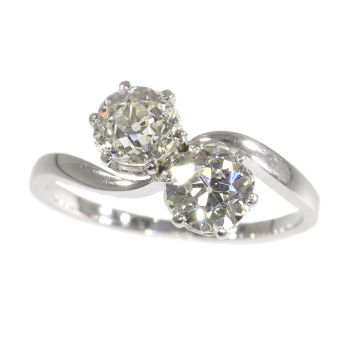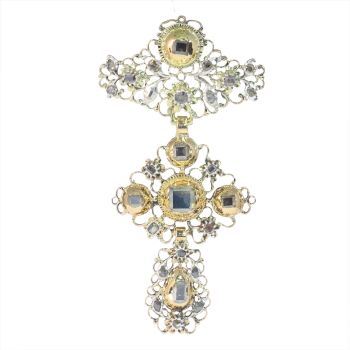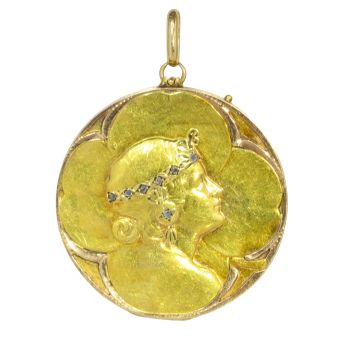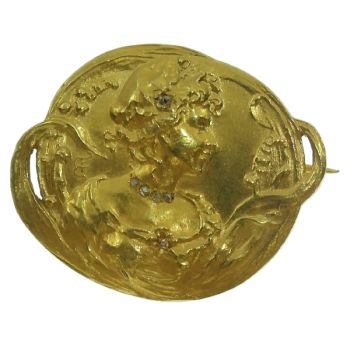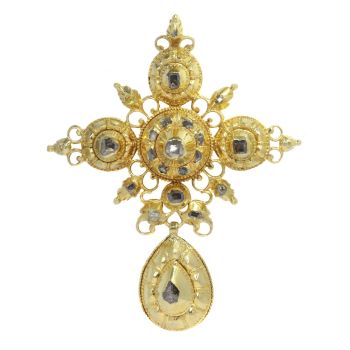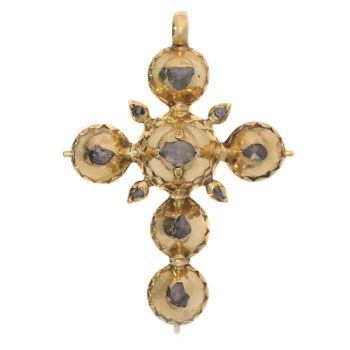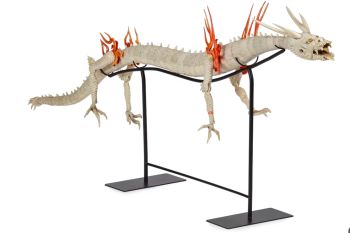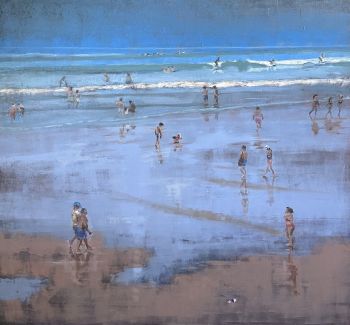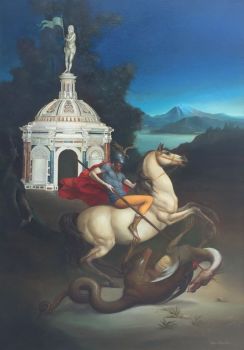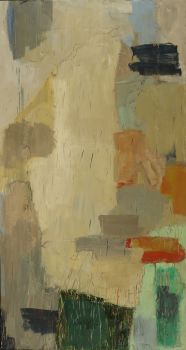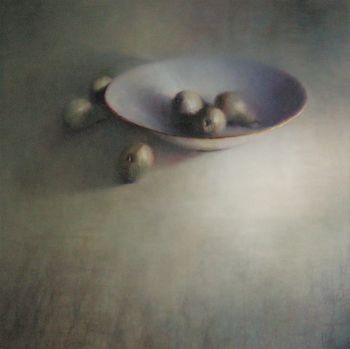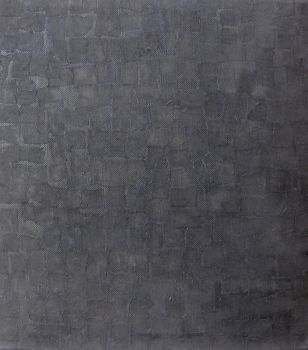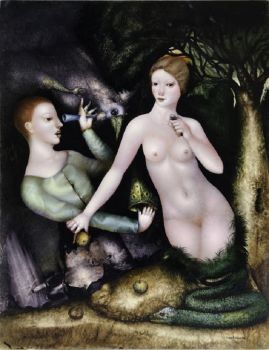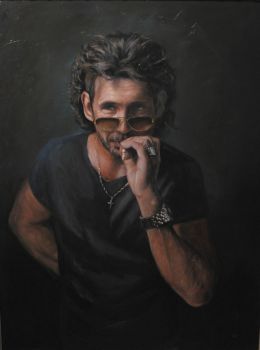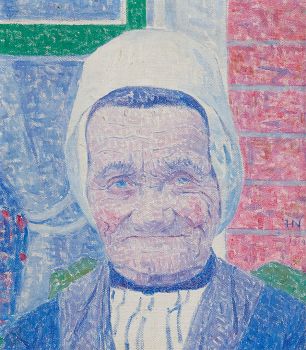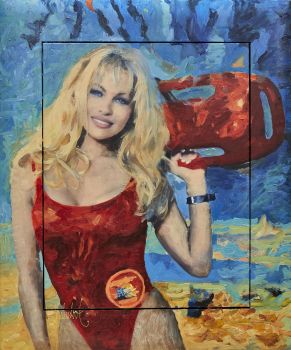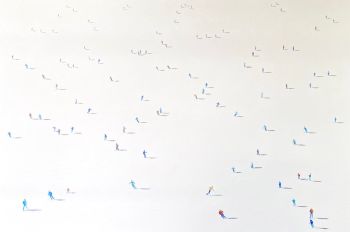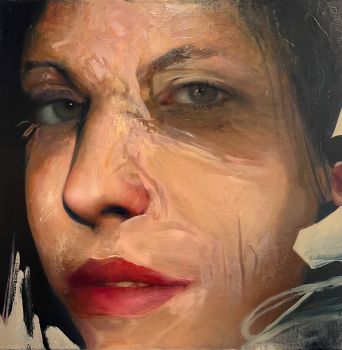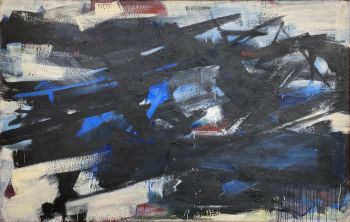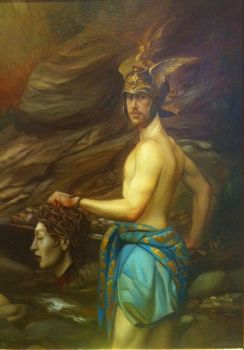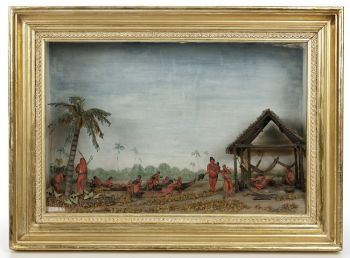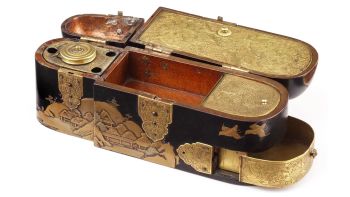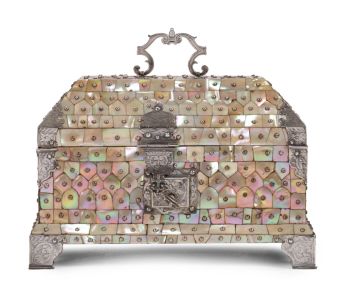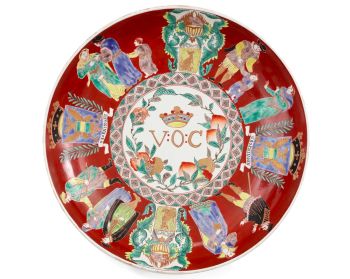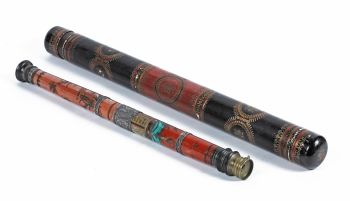A portrait of Sultan Hamengkubuwana VIII of Yogyakarta (1880-1939) 1925 - 1928
Artista Desconhecido
Óleo sobre tela original
103 ⨯ 86 cm
Preço em pedido
Zebregs & Röell - Fine Art - Antiques
- Sobre arteA portrait of Sultan Hamengkubuwana VIII of Yogyakarta (1880-1939)
Java, Yogyakarta, circa 1925-1928
Oil on canvas, H. 103.5 x W. 86 cm
Provenance:
Private collection, Indonesia
Sultan Hamengkubuwana VIII (March 3, 1880 – October 22, 1939), born as Gusti Raden Mas Sujadi) was a ruler of the Yogyakarta Sultanate. He was inaugurated as the Sultanon February 8, 1921 and ruled until his death in 1939. During Hamengkubuwana VIII's reign, the Yogyakarta Sultanate used substantial funds for various activities, including financing the sultanate's schools. Many of Hamengkubuwana VIII's sons were well-educated, with many studying in the Netherlands. Among them was Gusti Raden Mas Dorojatun, who would later ascend the throne as Hamengkubuwana IX, who attended Leiden University.
During his reign, he oversaw the extensive renovation of the Yogyakarta Palace complex buildings before in bad shape. Notable among these is the Bangsal Pagelaran located at the very front (directly south of the northern Alun-alun of Yogyakarta). Other renovated buildings include the tratag Siti Hinggil, the Donopratopo Gate, and the Great Mosque.
The sultan died on October 22, 1939, presumably on a train in the Wates area, Kulon Progo, while returning from Batavia (Jakarta) to pick up Gusti Raden Mas Dorojatun who just returned from the Netherlands. Other sources state that he passed away at the Onder de Bogen hospital (now Panti Rapih Hospital) after falling ill on the train in the Kroya area. Gusti Raden Mas Dorojatun, who had not yet finished his studies, was suddenly called home. In Batavia, the Sultan handed over the Kyai Ageng Joko Piturun keris to Gusti Raden Mas Dorojatun as a symbol of royal succession, indicating that Gusti Raden Mas Dorojatun would be the next Sultan. - Sobre artista
Pode acontecer que um artista ou criador seja desconhecido.
Algumas obras não devem ser determinadas por quem são feitas ou são feitas por (um grupo de) artesãos. Exemplos são estátuas dos tempos antigos, móveis, espelhos ou assinaturas que não são claras ou legíveis, mas também algumas obras não são assinadas.
Além disso, você pode encontrar a seguinte descrição:
•"Atribuído a …." Na opinião deles, provavelmente uma obra do artista, pelo menos em parte
• “Estúdio de…” ou “Oficina de” Em sua opinião um trabalho executado no estúdio ou oficina do artista, possivelmente sob sua supervisão
• "Círculo de ..." Na opinião deles, uma obra da época do artista mostrando sua influência, intimamente associada ao artista, mas não necessariamente seu aluno
•“Estilo de…” ou “Seguidor de…” Na opinião deles, um trabalho executado no estilo do artista, mas não necessariamente por um aluno; pode ser contemporâneo ou quase contemporâneo
• "Maneira de ..." Na opinião deles, uma obra no estilo do artista, mas de data posterior
•"Depois …." Na opinião deles uma cópia (de qualquer data) de uma obra do artista
• “Assinado…”, “Datado…” ou “Inscrito” Na opinião deles, a obra foi assinada/datada/inscrita pelo artista. A adição de um ponto de interrogação indica um elemento de dúvida
• "Com assinatura ….”, “Com data ….”, “Com inscrição ….” ou “Tem assinatura/data/inscrição” na opinião deles a assinatura/data/inscrição foi adicionada por outra pessoa que não o artista
Você está interessado em comprar esta obra de arte?
Artwork details
Related artworks
- 1 - 4 / 12
Artista Desconhecido
A Japanese bronze Hu flower vase, Edo / Meiji, 19th century19th century
Preço em pedidoMenken Works of Art
1 - 4 / 16- 1 - 4 / 24
- 1 - 4 / 24
Artista Desconhecido
An Amazon Indigenous Kayapo feather headdress1950 - 1960
Preço em pedidoZebregs & Röell - Fine Art - Antiques
1 - 4 / 12


